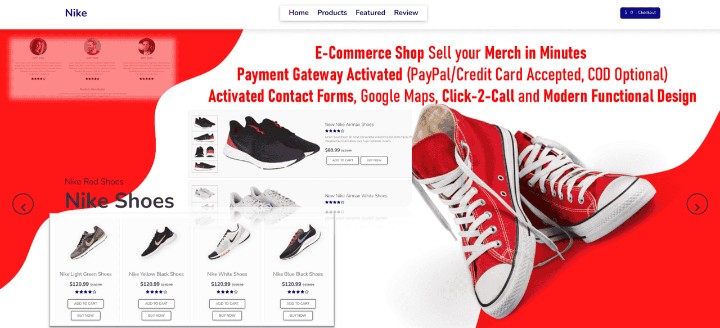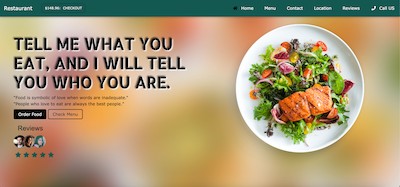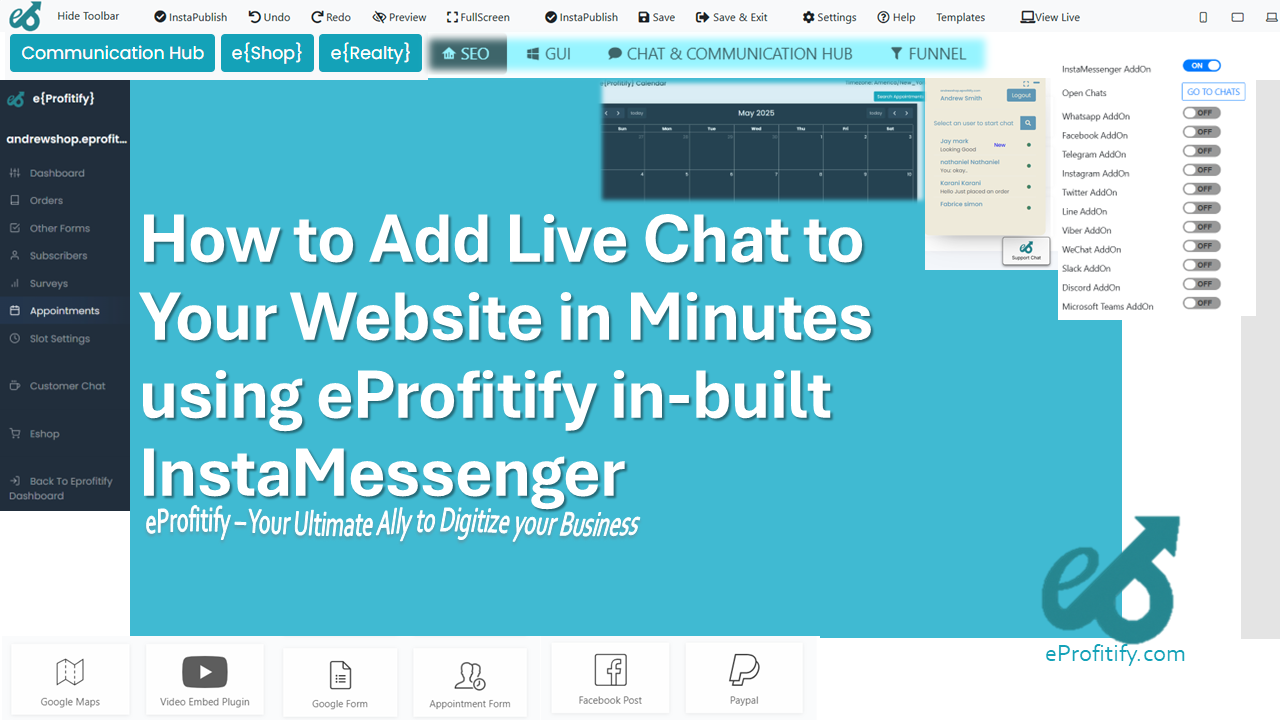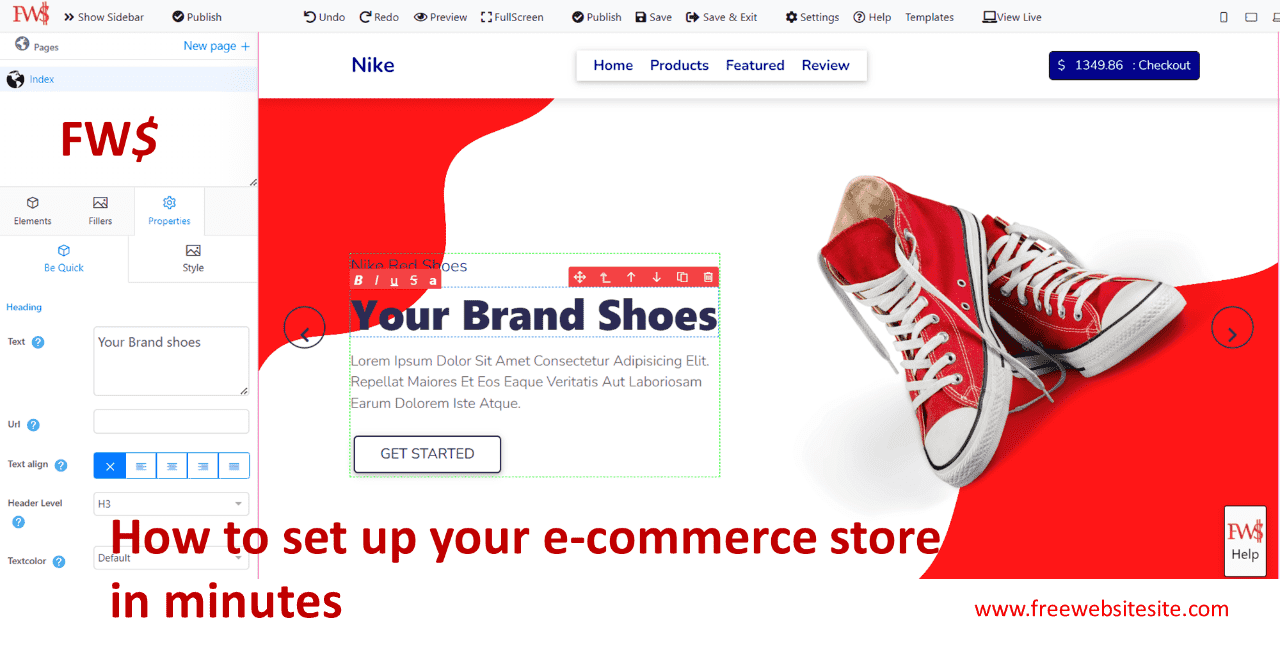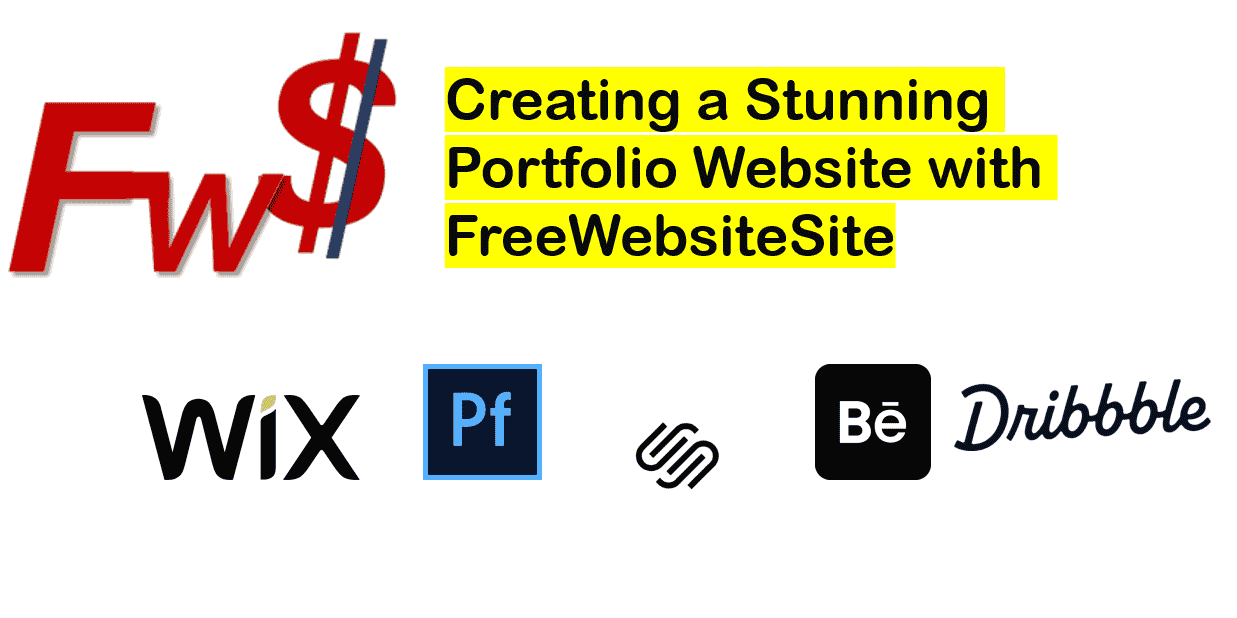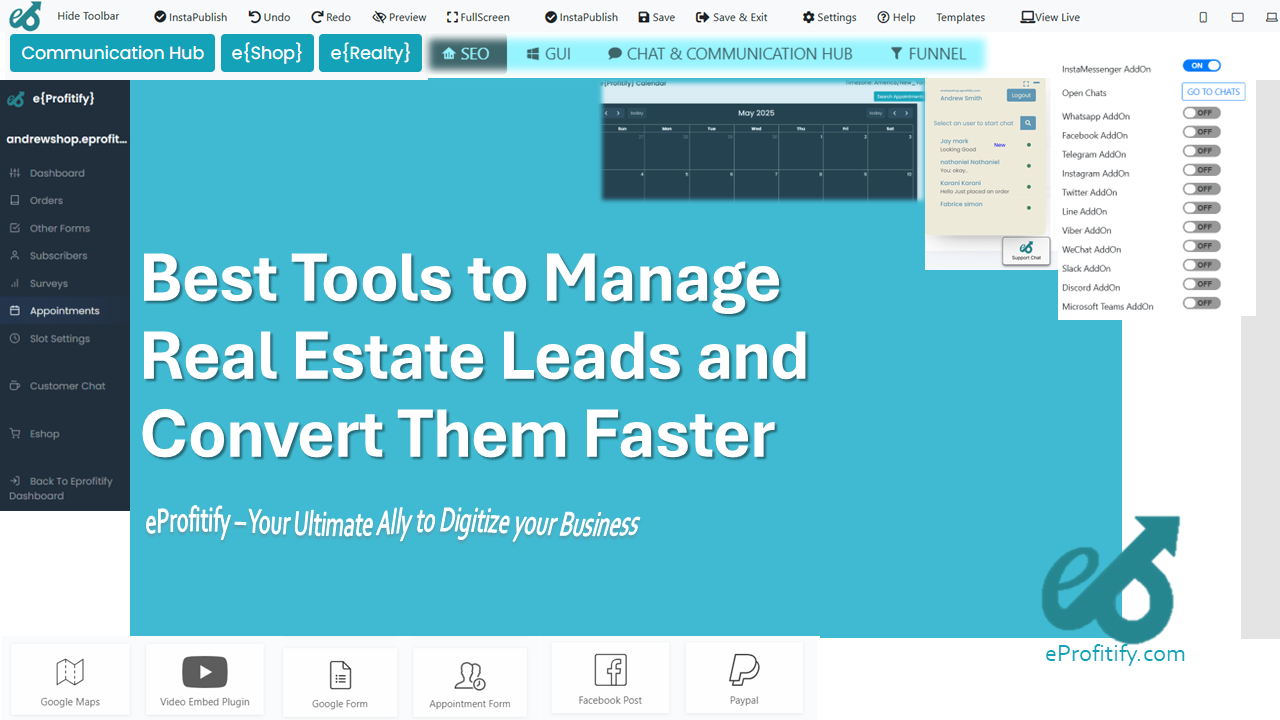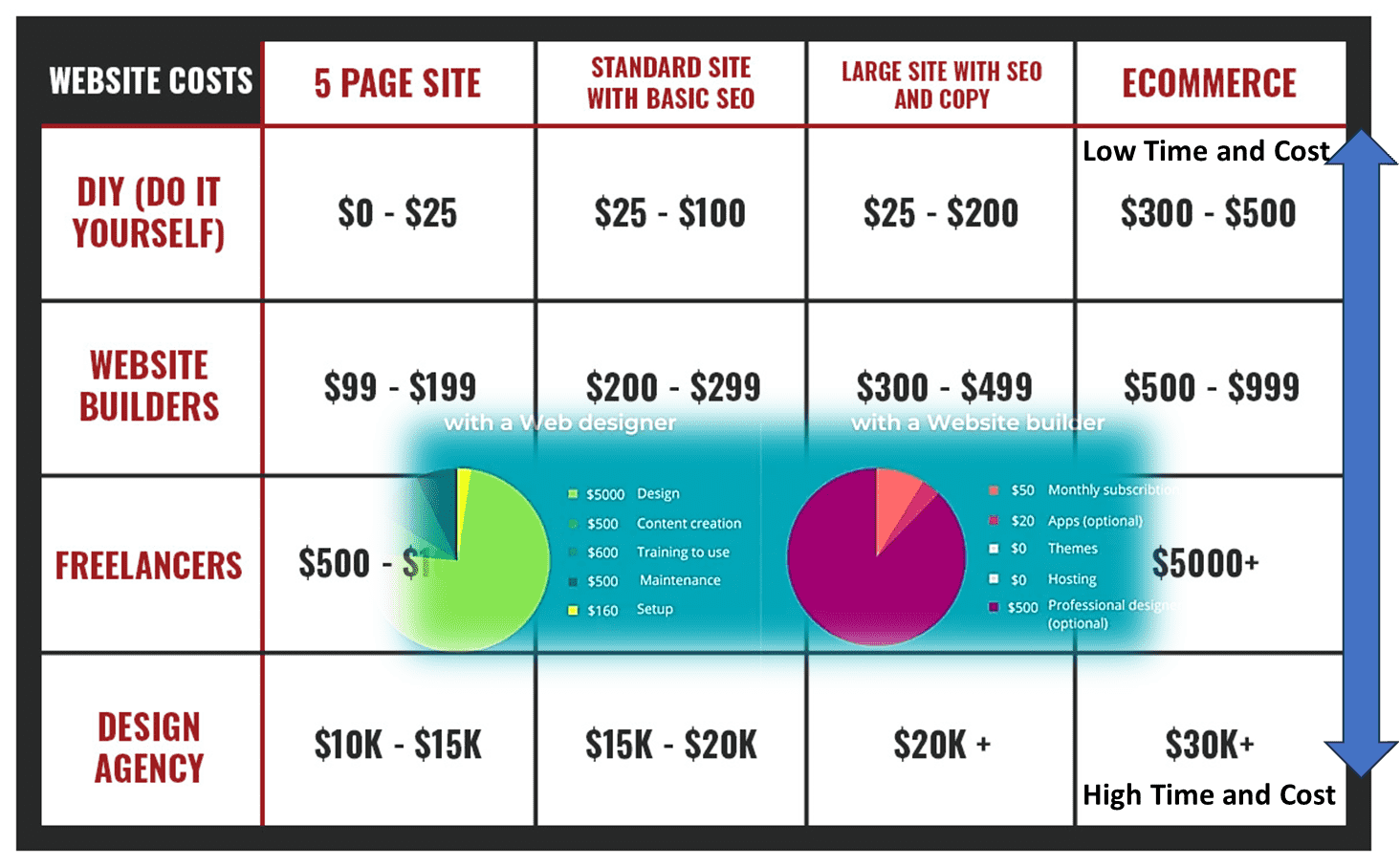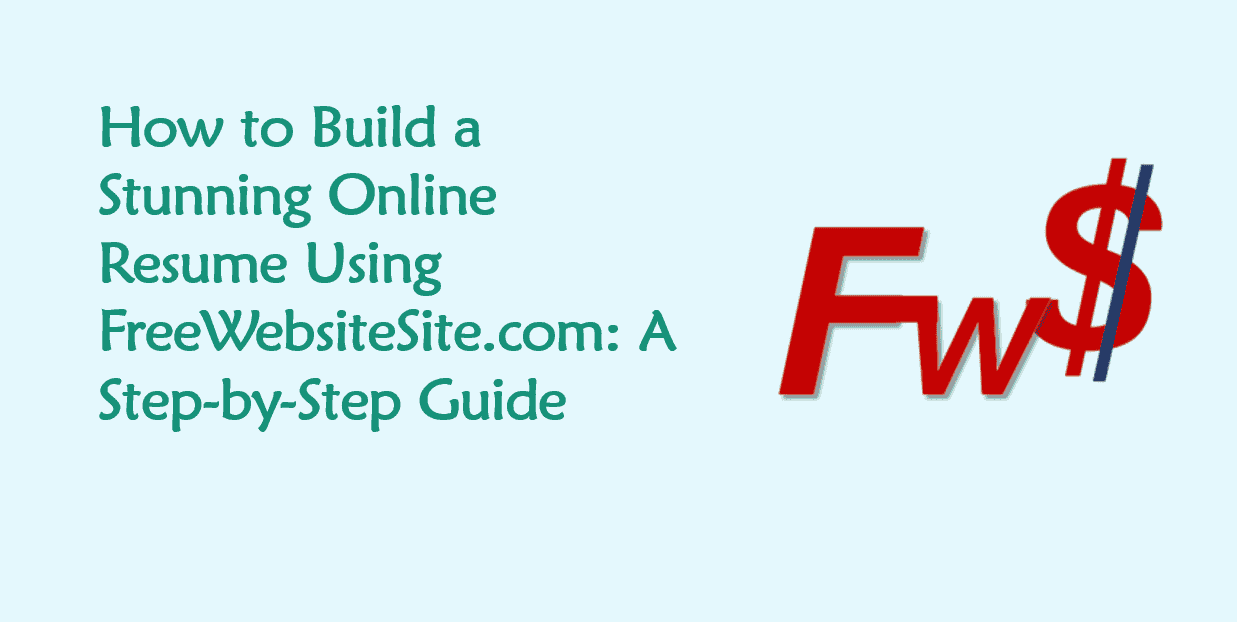How to Improve Your Websites Conversion Rate by Integrating Live Chat and Funnels
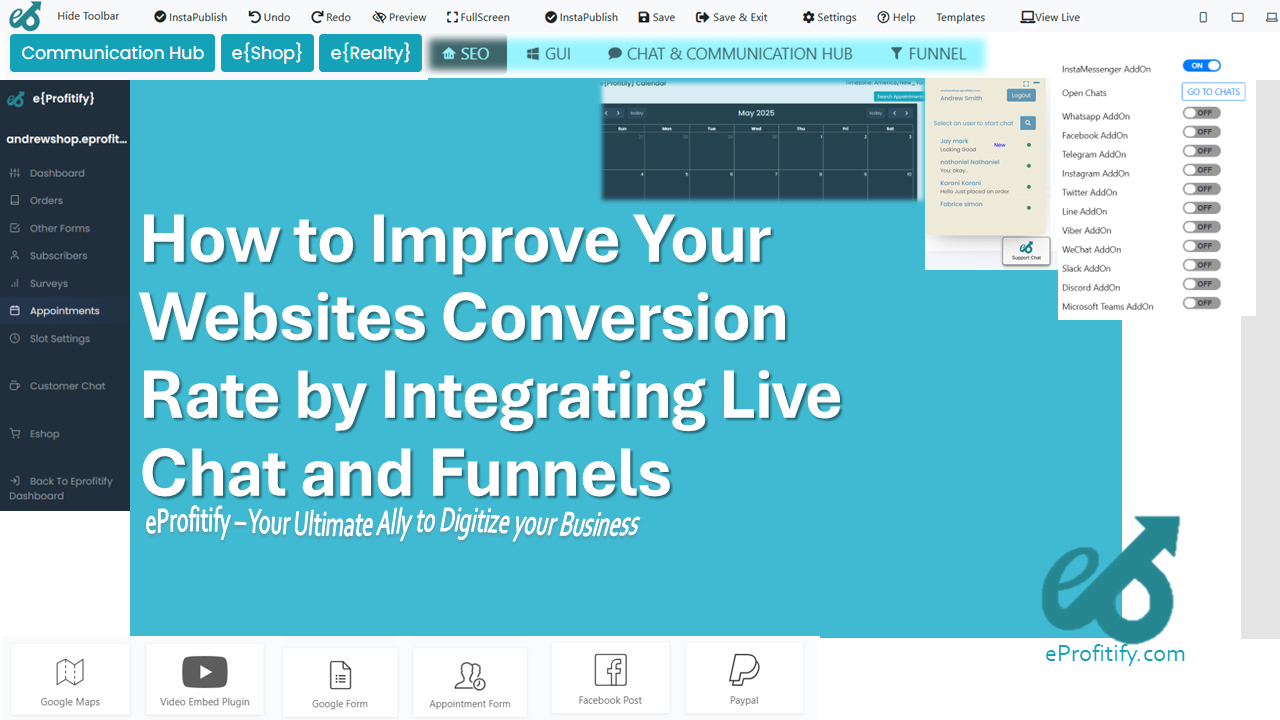
How to Improve Your Website’s Conversion Rate by Integrating Live Chat and Funnels
In today’s digital landscape, a high-performing website is critical for business success. However, even the most beautifully designed sites struggle if they fail to convert visitors into customers. The global average website conversion rate hovers around 2-3%, emphasizing the need for optimization. Two powerful tools can help bridge this gap: live chat and sales funnels. By integrating these strategies—and leveraging platforms like eProfitify, a leading website management tool—businesses can create personalized, engaging experiences that drive conversions. Let’s explore how.
The Power of Live Chat
Live chat is a real-time communication tool that connects visitors with support or sales teams instantly. Unlike email or contact forms, it addresses queries immediately, reducing friction in the decision-making process. Here’s why it’s transformative:
-
Instant Support Drives Decisions
79% of businesses report that live chat positively impacts sales, revenue, and customer loyalty (SuperOffice). Visitors who engage with live chat are 3x more likely to convert than those who don’t. For instance, a proactive chat prompt offering help can reduce cart abandonment by addressing doubts about pricing or shipping. -
Qualify Leads in Real Time
Live chat operators can ask targeted questions to gauge intent, offering tailored solutions. Financial services provider Bank of America increased lead generation by 33% by using chatbots to guide users through mortgage applications. -
Build Trust
73% of consumers say live chat is the most satisfying communication channel (eMarketer). A visible chat button signals accessibility, reassuring visitors they’re not alone if issues arise.
Statistics Spotlight:
- 38% of consumers are more likely to buy if live chat is available.
- 63% return to websites offering chat support.
The Role of Sales Funnels
A sales funnel maps the customer journey from awareness to purchase. Optimizing each stage ensures prospects move smoothly toward conversion. Here’s how to leverage funnels:
-
Awareness Stage
Use blogs, ads, or social media to attract visitors. SEO and targeted content (e.g., ebooks) capture attention. Tools like eProfitify streamline content management, ensuring your site ranks well. -
Consideration Stage
Nurture leads with personalized emails, product demos, or free trials. Prospect needs vary here; segmentation is key. For example, SaaS platforms often use pricing page chatbots to explain tiered plans. -
Conversion Stage
Simplify checkout processes. Abandoned carts—responsible for 69.57% of lost sales—can be recovered via exit-intent live chat offers. Amazon’s one-click checkout exemplifies frictionless conversion.
Impact of Funnels:
Businesses with optimized funnels see 30-50% higher conversion rates (Forrester).
Combining Live Chat and Sales Funnels
Integrating live chat into your funnel turns passive visitors into active participants. Here’s how they synergize:
-
Proactive Engagement
Trigger chat invitations based on behavior. For example, a user lingering on a pricing page might receive a discount offer. Travel site Expedia uses chat pop-ups to assist with booking hesitations, boosting conversions by 20%. -
Funnel-Specific Chat Scenarios
- Top of Funnel: Answer FAQs to build rapport.
- Mid-Funnel: Offer product comparisons or case studies.
- Bottom of Funnel: Address checkout concerns (e.g., “Need help with payment?”).
-
Rescue Abandonments
Automate chat messages for those exiting the cart page. ASOS recovered 12% of abandoned carts via targeted chat interventions.
Statistic: Businesses combining chat and funnels achieve 20% higher conversion rates on average.
eProfitify: Your All-in-One Solution
To maximize live chat and funnel efficiency, eProfitify stands out as a holistic platform. Trusted by SMEs and enterprises, its features include:
- AI-Powered Live Chat: Automate responses with bots while routing complex queries to human agents.
- Sales Funnel Builder: Create optimized paths with drag-and-drop templates.
- CRM Integration: Track interactions and segment leads for personalized follow-ups.
- Appointment Scheduling: Embed booking widgets to streamline consultations.
- E-commerce Tools: Manage inventory, payments, and cart recovery campaigns.
- Analytics Dashboard: Monitor chat performance, funnel drop-offs, and ROI in real time.
Case Study: A mid-sized e-commerce store using eProfitify’s live chat and funnel tools saw a 45% increase in conversions within three months by targeting hesitant shoppers with tailored discounts and support.
Best Practices for Implementation
-
Set Proactive Triggers
Use behavioral data (e.g., time spent or exit intent) to launch chat prompts at optimal moments. -
Segment Your Funnel
Customize chat scripts for different audiences (e.g., first-time vs. returning visitors). -
A/B Test Everything
Experiment with chat placement, colors, and timing to refine engagement. -
Train Support Teams
Equip agents with product knowledge and empathy to resolve issues swiftly. -
Analyze and Adapt
Review chat transcripts and funnel analytics to identify bottlenecks.
Final Thoughts
Increasing conversion rates isn’t about isolated tactics—it’s about creating cohesive experiences. Live chat bridges communication gaps, while sales funnels guide users strategically. Platforms like eProfitify empower businesses to unify these elements, offering tools for instant messaging, CRM, e-commerce, and funnel optimization. By adopting these strategies, companies can transform casual visitors into loyal customers, driving sustainable growth in an increasingly competitive digital world.
Take Action: Explore eProfitify’s suite today to build frictionless journeys that convert. Your website isn’t just a storefront—it’s a dynamic engine for growth.

